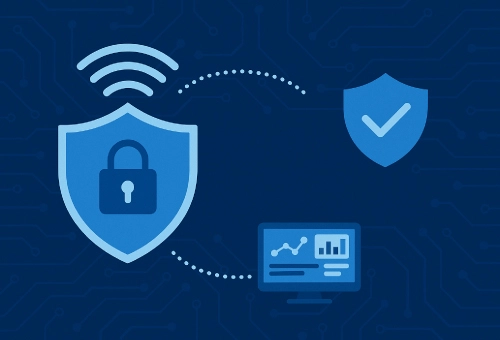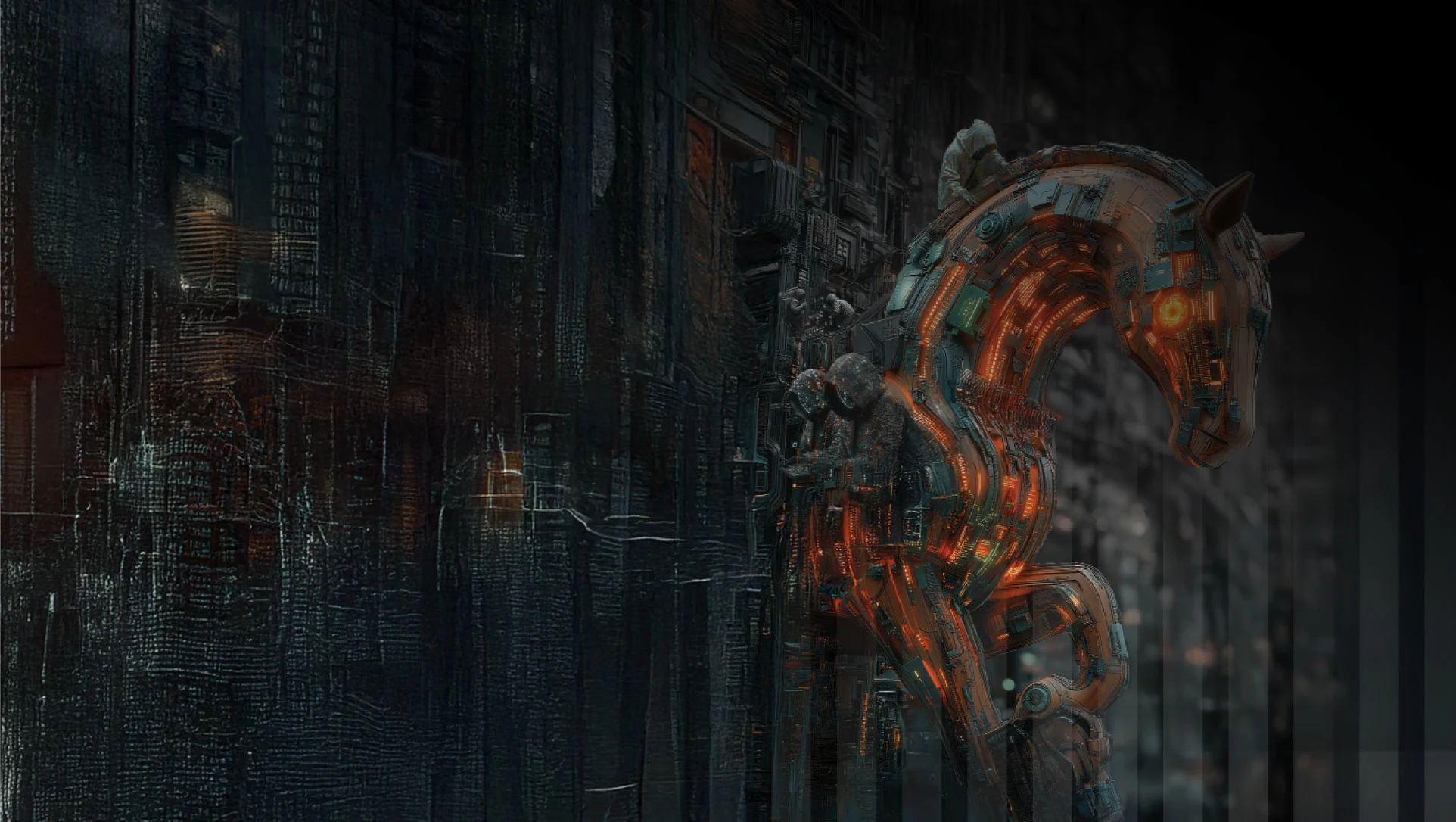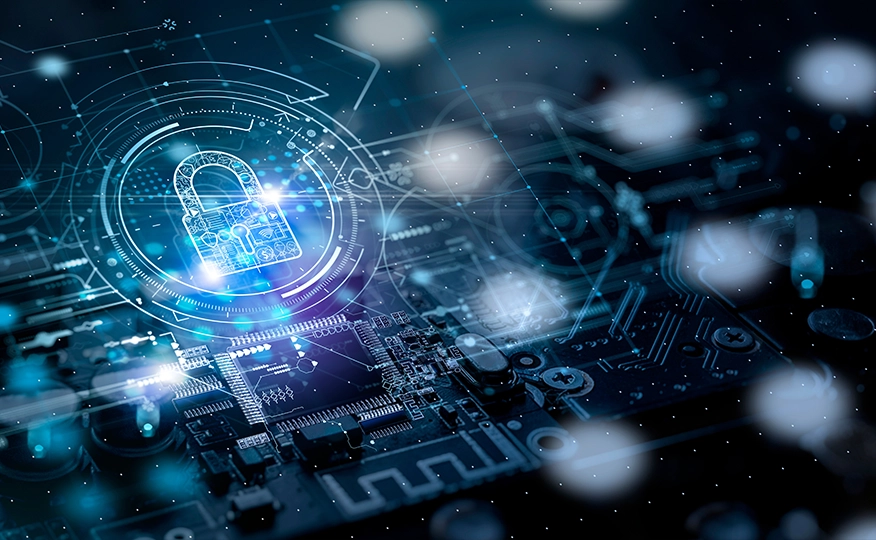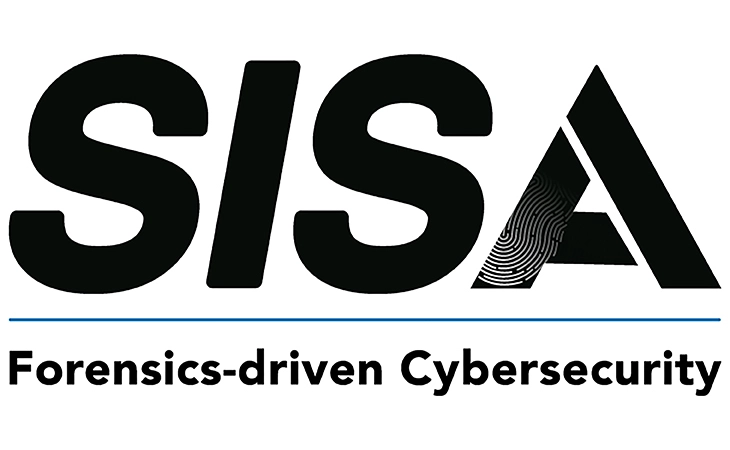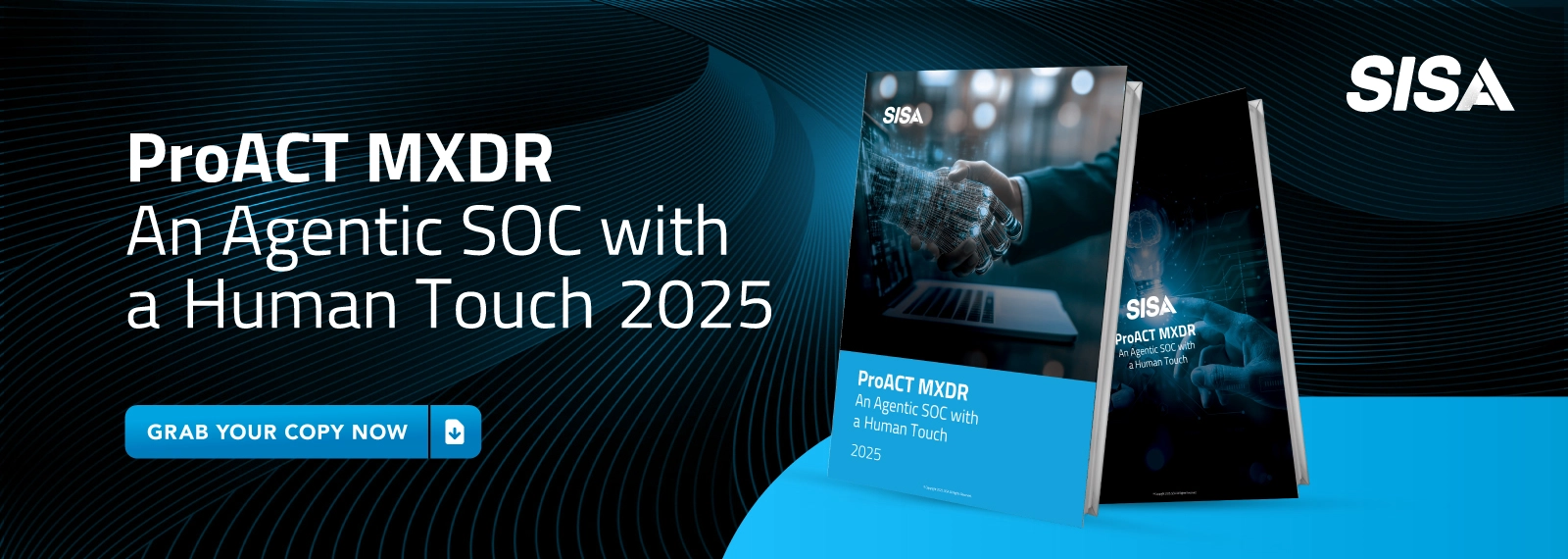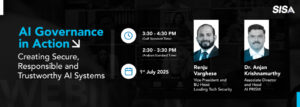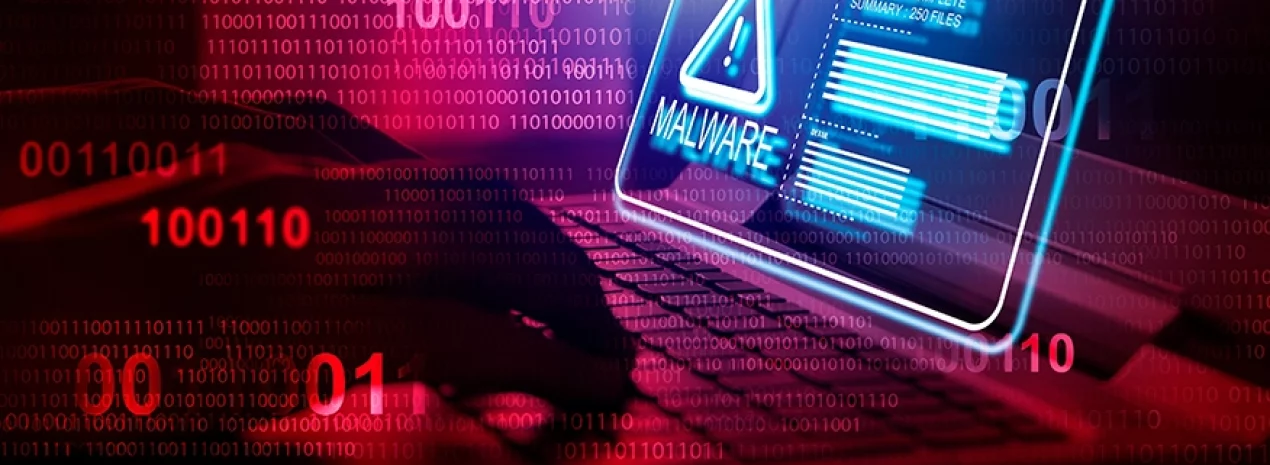
Threat Detection Solutions in 2025 You Need to Know
The cybersecurity battlefield is evolving, and 2025 is shaping up to be a year where attackers get smarter, threats get stealthier, and organizations must stay ahead or risk massive breaches.
Gone are the days when firewalls and basic antivirus solutions were enough to protect an enterprise. Cybercriminals are now leveraging AI-powered attacks, deepfake phishing campaigns, and automated probing for zero-day vulnerabilities—all happening faster than ever.
Organizations that rely solely on traditional, reactive security models will be left vulnerable. The shift in 2025 is toward intelligent, proactive, and AI-driven threat detection solutions that don’t just respond to threats but predict and neutralize them before they cause damage.
So, what are the best threat detection solutions of 2025 that businesses need to know? Let’s dive in.
The Changing Cyber Threat Landscape in 2025
Cyber threats are no longer simple malware infections or phishing emails. Instead, attackers are blending automation, artificial intelligence, and sophisticated attack vectors to bypass traditional defenses.
Some key trends that define 2025’s threat landscape include:
Key-trend 1: AI-Powered Attacks
Hackers are now using machine learning to generate hyper-realistic phishing emails, evade detection systems, and even crack passwords faster than brute-force attacks ever could. AI-driven malware can mutate itself in real-time, making signature-based detection obsolete.
Key-trend 2: Deepfake-Based Social Engineering
A staggering 66% of security leaders believe that deepfake attacks will be a top cybersecurity threat in the coming years. Cybercriminals are already using AI-generated voices and videos to impersonate executives and steal millions—a trend that will only escalate in 2025.
Key- trend 3: Zero-Day Vulnerabilities on the Rise
In 2024, Google’s Threat Analysis Group released a report, tracking more than 50 actively exploited zero-days. Attackers are now targeting vulnerabilities before vendors even know they exist, making rapid detection and response critical.
Key-trend 4: Supply Chain Attacks Continue to Grow
With the increasing reliance on third-party vendors and cloud services, cybercriminals are targeting software supply chains as the weakest link. The infamous SolarWinds attack showed how a single compromise in an update can ripple across thousands of organizations.
With such evolving threats, organizations need cutting-edge threat detection solutions to keep up.
Key Features of Next-Gen Threat Detection Solutions
1. AI & Machine Learning for Threat Detection
Modern security solutions are leveraging machine learning models that can analyze vast amounts of data, detect anomalies, and recognize attack patterns in real-time. Unlike rule-based systems, AI-driven threat detection can identify sophisticated attacks without relying on pre-defined signatures.
2. Behavioral Analytics for Anomaly Detection
Rather than just scanning for known threats, behavioral analytics monitors user activity and network traffic to detect unusual behaviors. For example, if an employee suddenly downloads gigabytes of sensitive data at 2 AM from an unusual IP address, behavioral threat detection can flag this as a potential insider threat or compromised account.
3. Extended Detection & Response (XDR)
XDR is revolutionizing the security industry by integrating multiple security layers—endpoint, network, cloud, and identity—into a single, AI-driven detection and response platform. Instead of isolated security tools, XDR provides holistic visibility and automated response across the entire attack surface.
4. Breach & Attack Simulation (BAS)
To stay ahead of attackers, organizations are now simulating cyberattacks on their own systems. BAS solutions allow security teams to test their defenses against real-world attack scenarios, uncover vulnerabilities, and fine-tune their threat detection capabilities.
5. Threat Intelligence Integration
Proactive security requires real-time intelligence on the latest cyber threats. Next-gen threat detection solutions are now integrating global threat feeds, dark web monitoring, and AI-driven attack prediction to anticipate and block threats before they even reach an organization.
Top Threat Detection Solutions to Watch in 2025
There are many cutting-edge solutions available, but here are the most impactful ones making waves in the industry:
- SISA’s ProACT MXDR: An AI-driven threat detection and response solution that integrates deep forensic intelligence to provide real-time threat hunting, automated incident response, and compliance alignment. What sets ProACT MXDR apart is its ability to blend advanced machine learning with forensic insights from real-world breach investigations, enabling businesses to detect and neutralize threats before they escalate into breaches – including the rarest use-cases seen in only a few cases.
- Google Chronicle Security Operations: A cloud-native SIEM and threat detection platform, Google Chronicle ingests petabytes of security data, applies machine learning for anomaly detection, and offers near-instant threat analysis.
- Microsoft Defender XDR: One of the most comprehensive security solutions, Microsoft Defender XDR integrates endpoint, identity, cloud, and email security, leveraging AI-driven analytics for proactive threat detection.
- Palo Alto Cortex XDR: With advanced AI-based analytics, Cortex XDR correlates data across endpoints, networks, and cloud environments to provide automated threat detection and response.
- Darktrace AI: Darktrace’s self-learning AI continuously analyzes an organization’s behavior to detect anomalies and emerging cyber threats in real-time, making it a powerful tool against AI-powered cyberattacks.
Choosing the Right Threat Detection Solution
When selecting a threat detection solution, businesses must consider:
- Scalability – Can the solution adapt to growing workloads and cloud environments?
- Automation & AI Capabilities – How effectively does it automate threat detection and response?
- Integration – Does it seamlessly work with your existing security stack?
- Compliance & Regulations – Does it align with regulatory requirements like PCI DSS, GDPR, and CCPA?
A hybrid approach that combines AI-driven automation with human-led threat hunting is the ideal strategy for 2025.
The Future of Threat Detection Beyond 2025
As cyber threats continue to evolve, so will the defense mechanisms. We believe that
- AI-driven threat detection will become faster, more predictive, and fully automated.
- Quantum-Safe Cryptography – Organizations will need to prepare for the potential of quantum computing breaking existing encryption standards, a direction that SISA has already taken steps towards.
- Continuous Security Validation – Breach and attack simulations (BAS) and red teaming will become standard security practices.
Staying ahead of emerging threats means adopting proactive security strategies now.
Prevention is better than Cure
Threat detection in 2025 isn’t just about reacting to cyberattacks—it’s about preventing them before they happen.
With AI-driven analytics, behavioral monitoring, and proactive security simulations, organizations can stay one step ahead of attackers and ensure business resilience.
The question isn’t whether you’ll face a cyber threat in 2025—but whether you’ll be ready for it.
Are your security systems prepared for what’s coming?
Connect with us today to find out.
Latest
Blogs
Whitepapers
Monthly Threat Brief
Customer Success Stories
 USA
USA India
India APAC
APAC Middle East
Middle East Global
Global


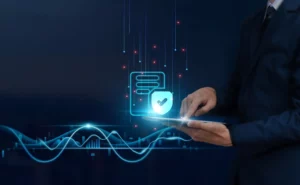



 Facebook
Facebook Linkedin
Linkedin  X
X Youtube
Youtube
